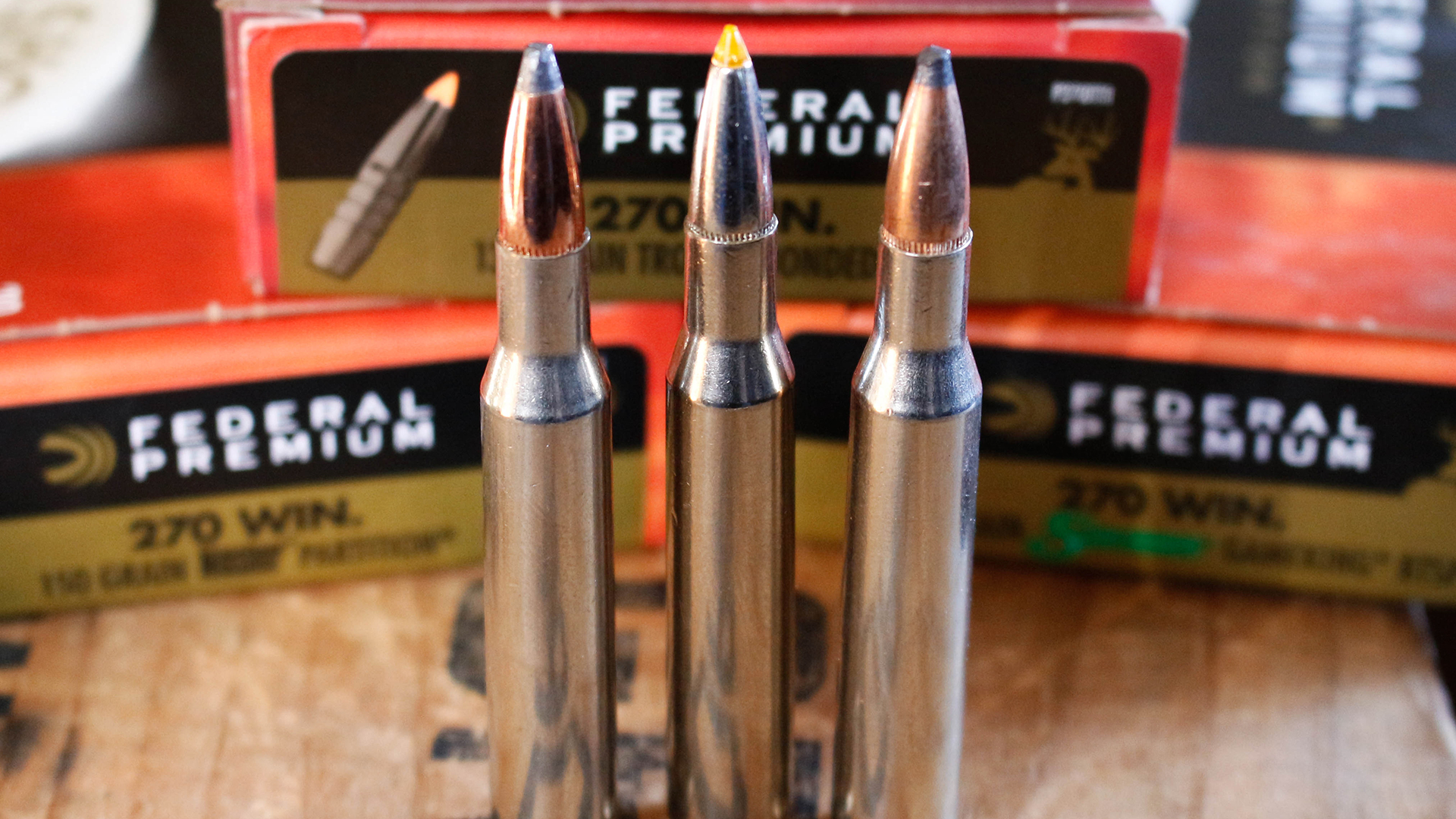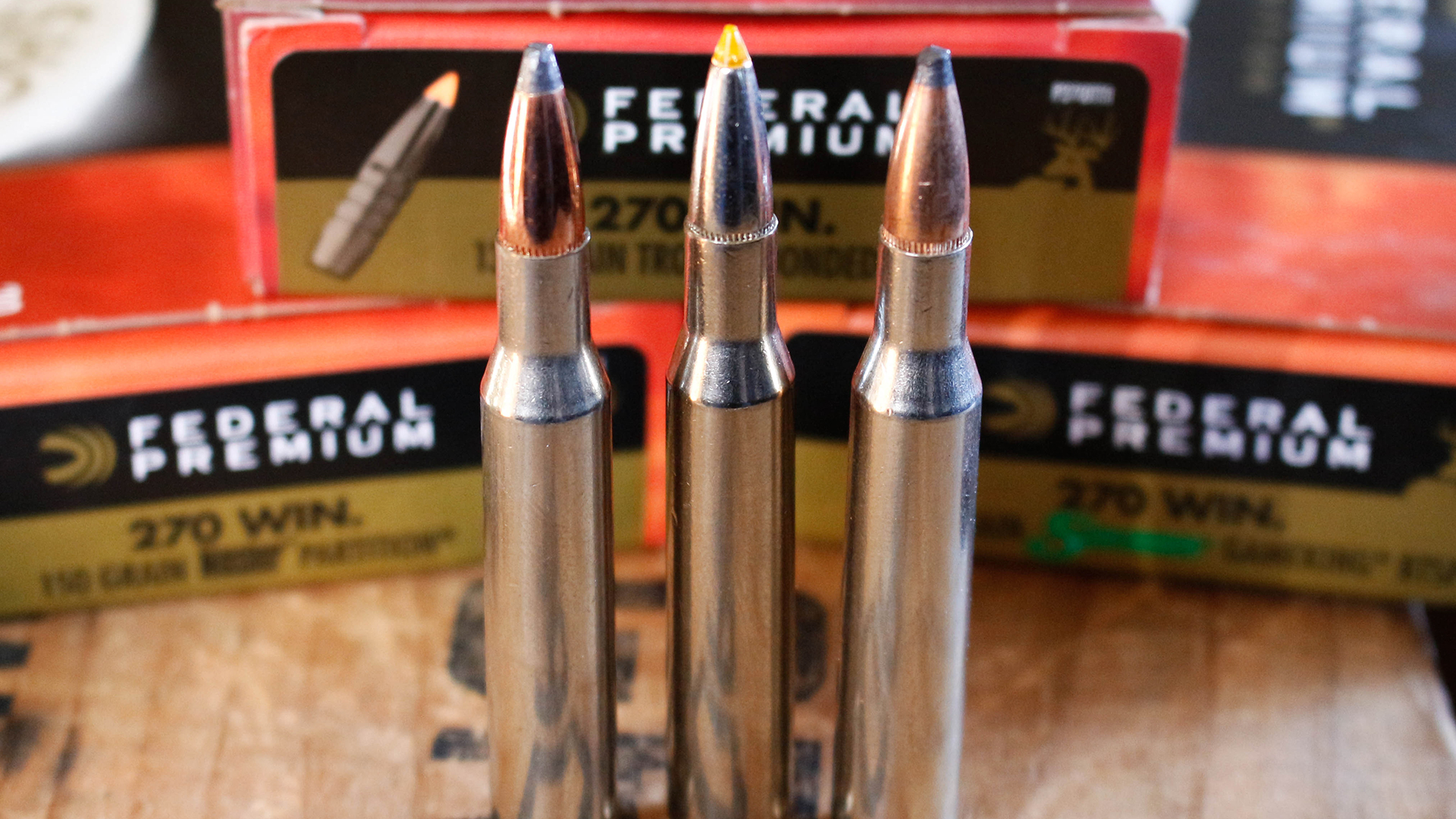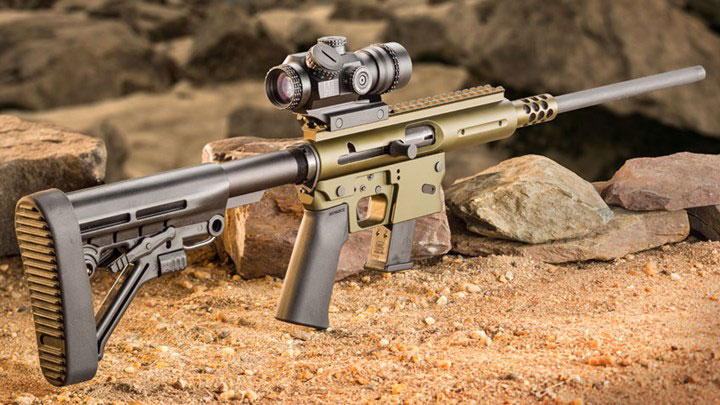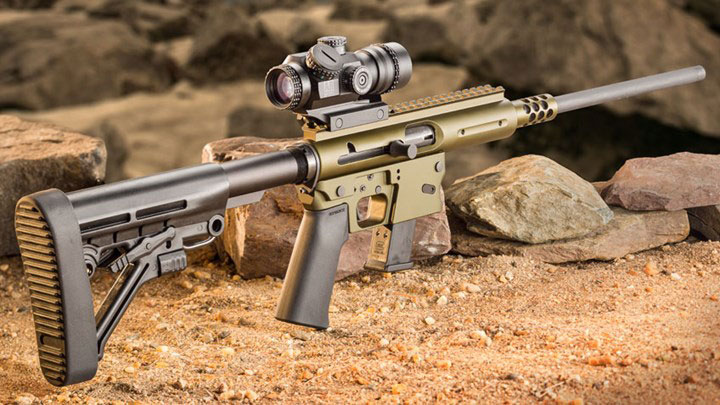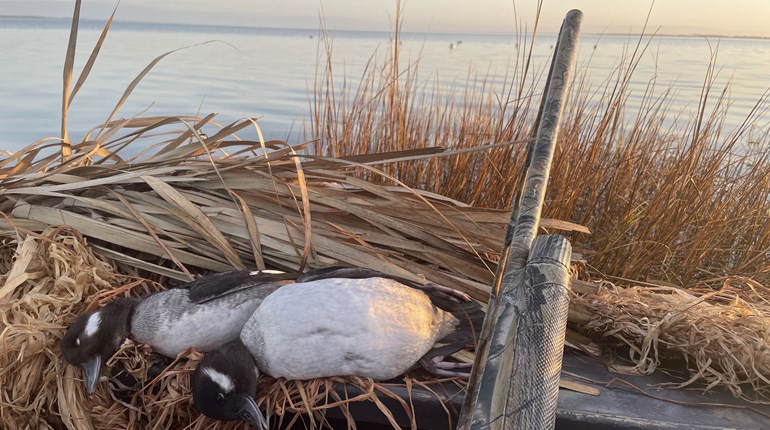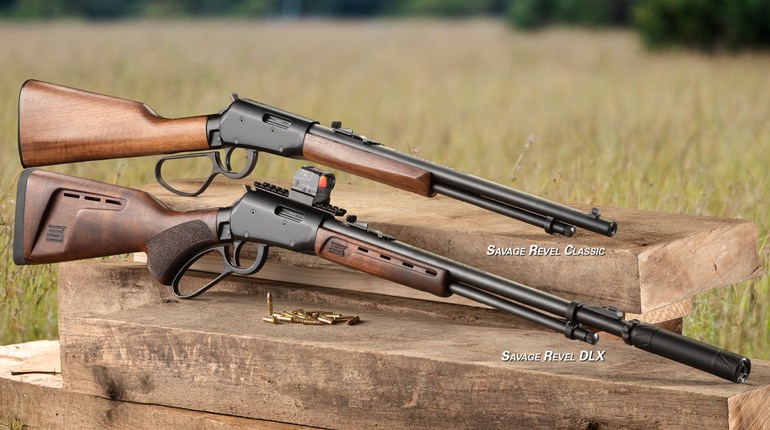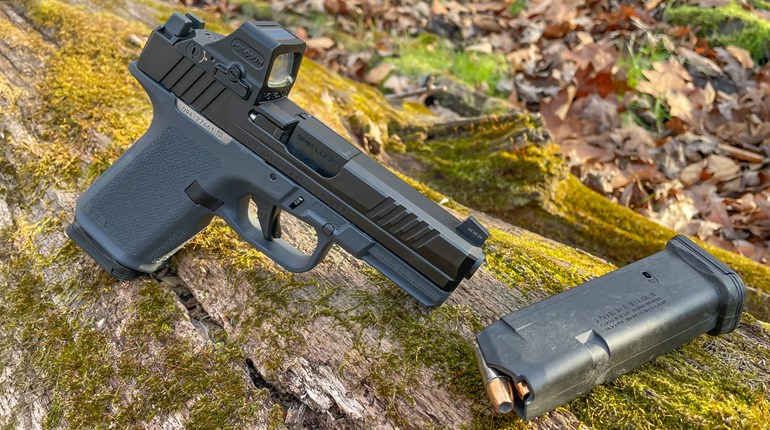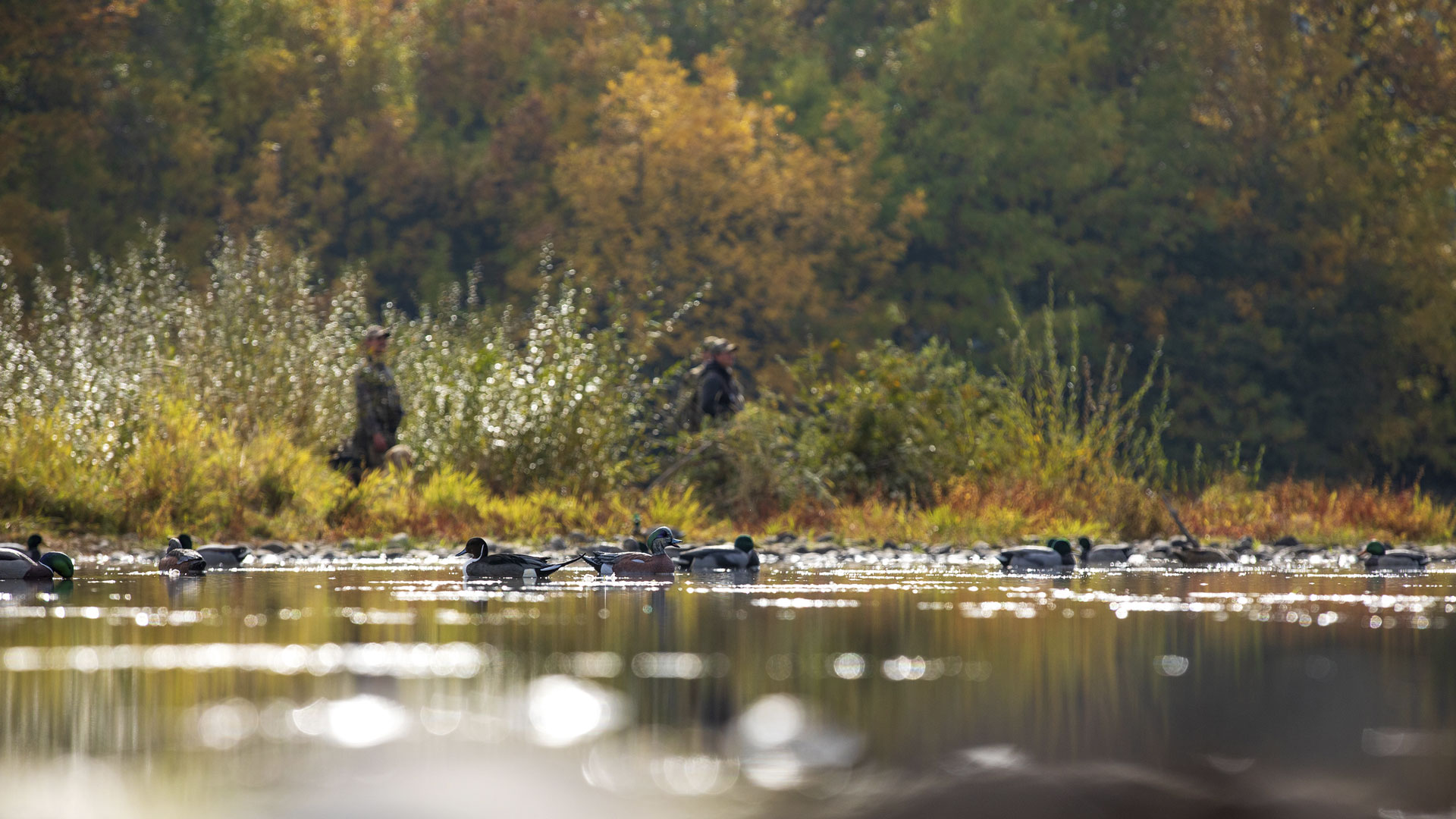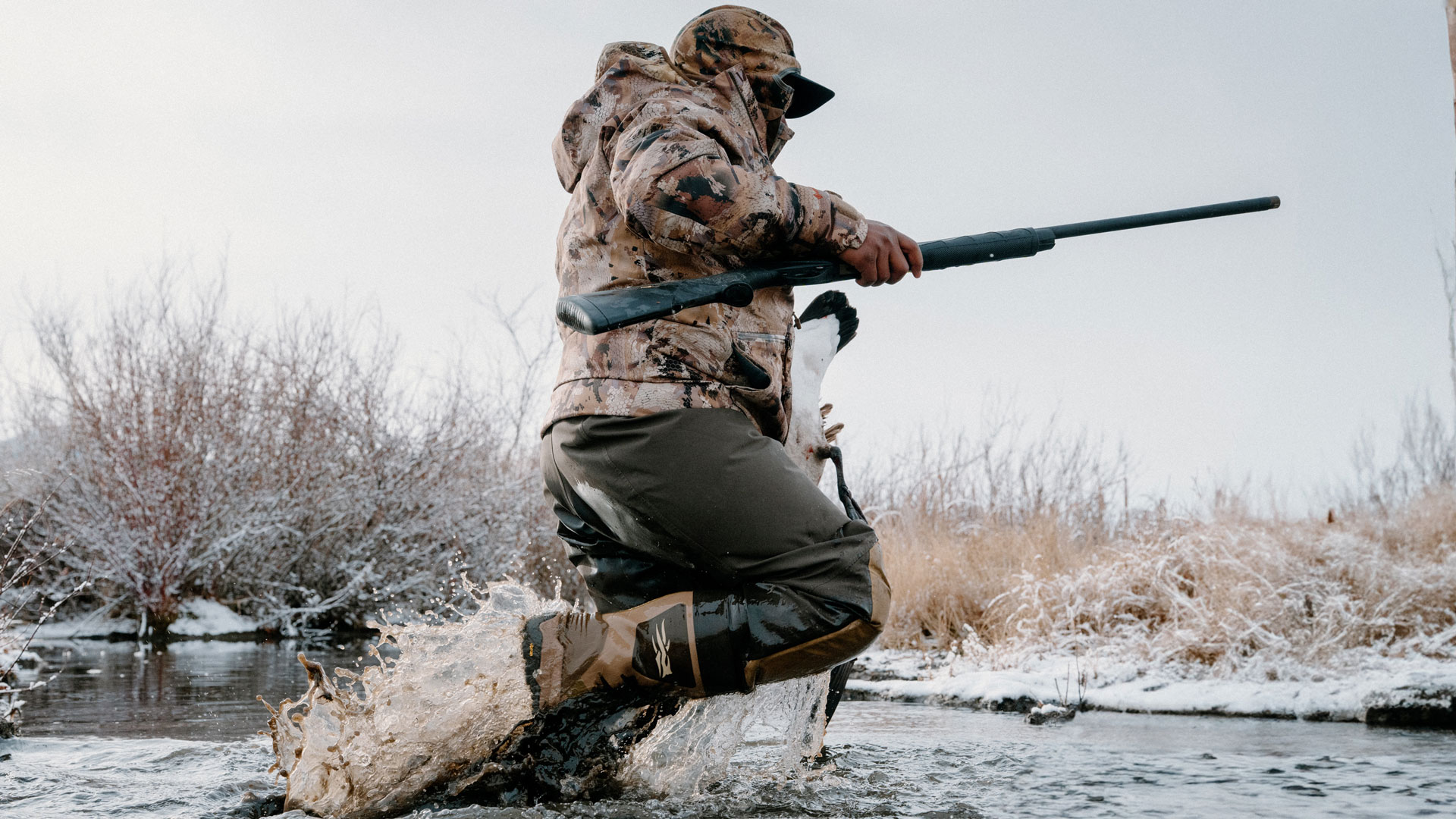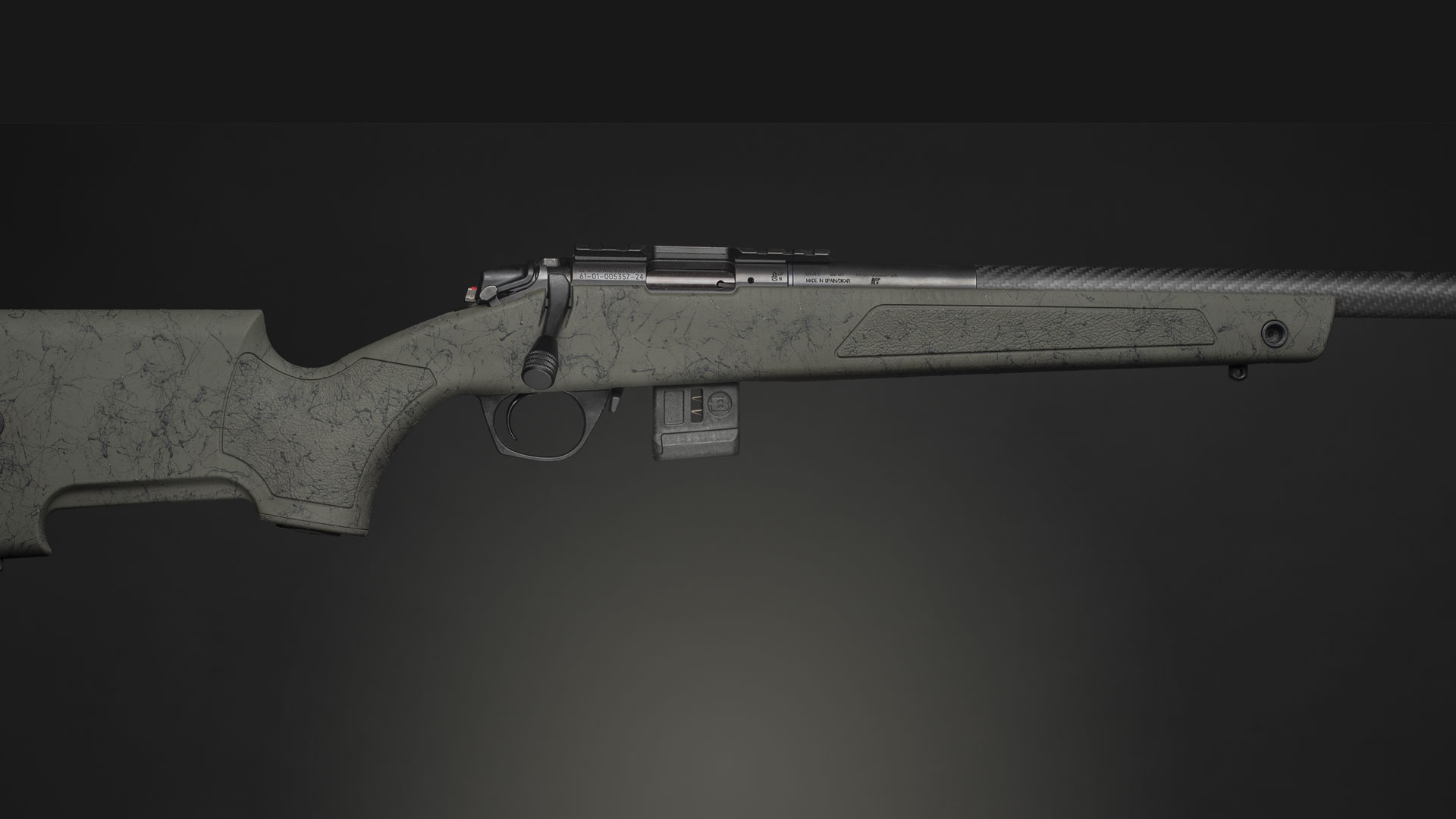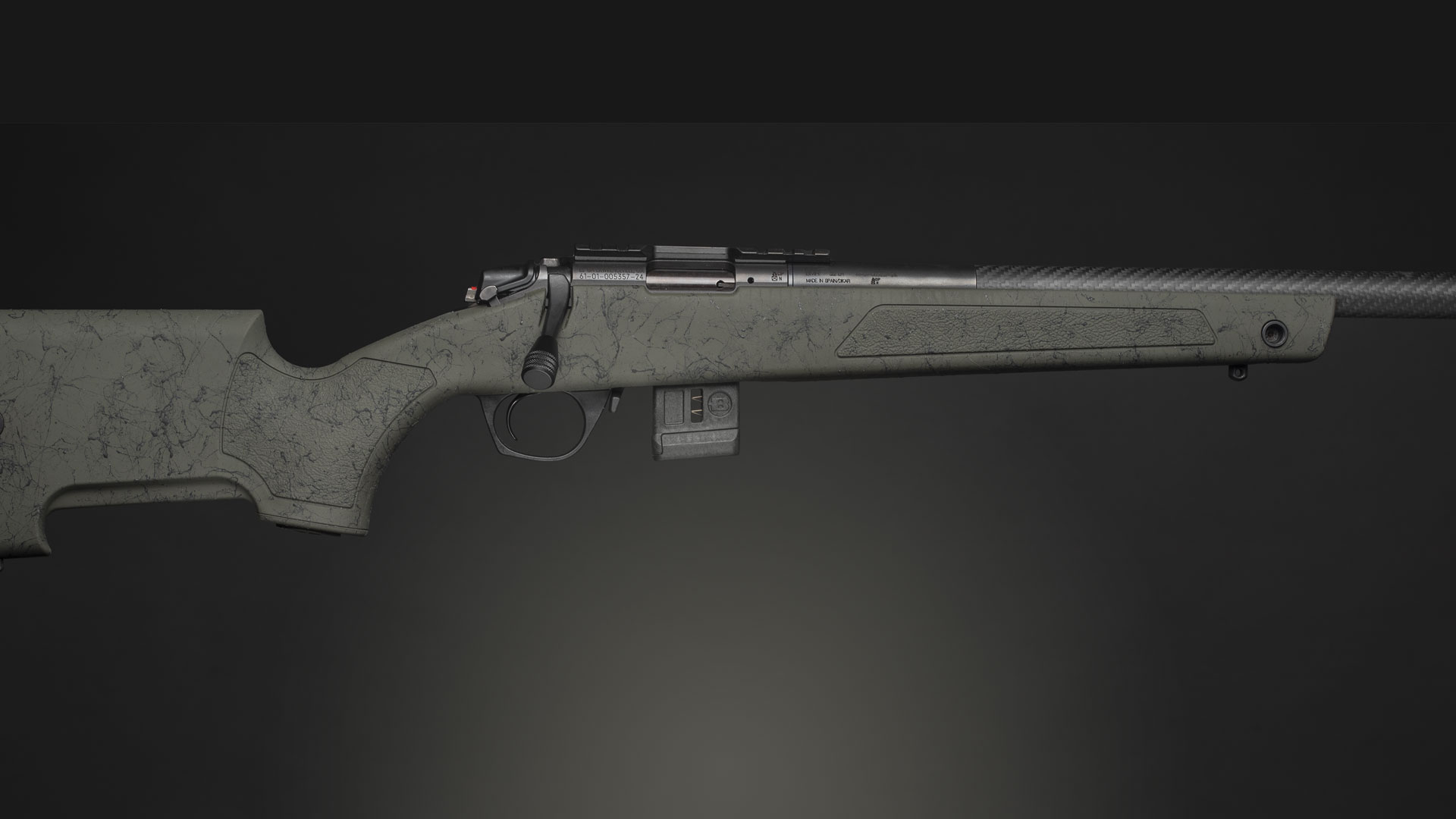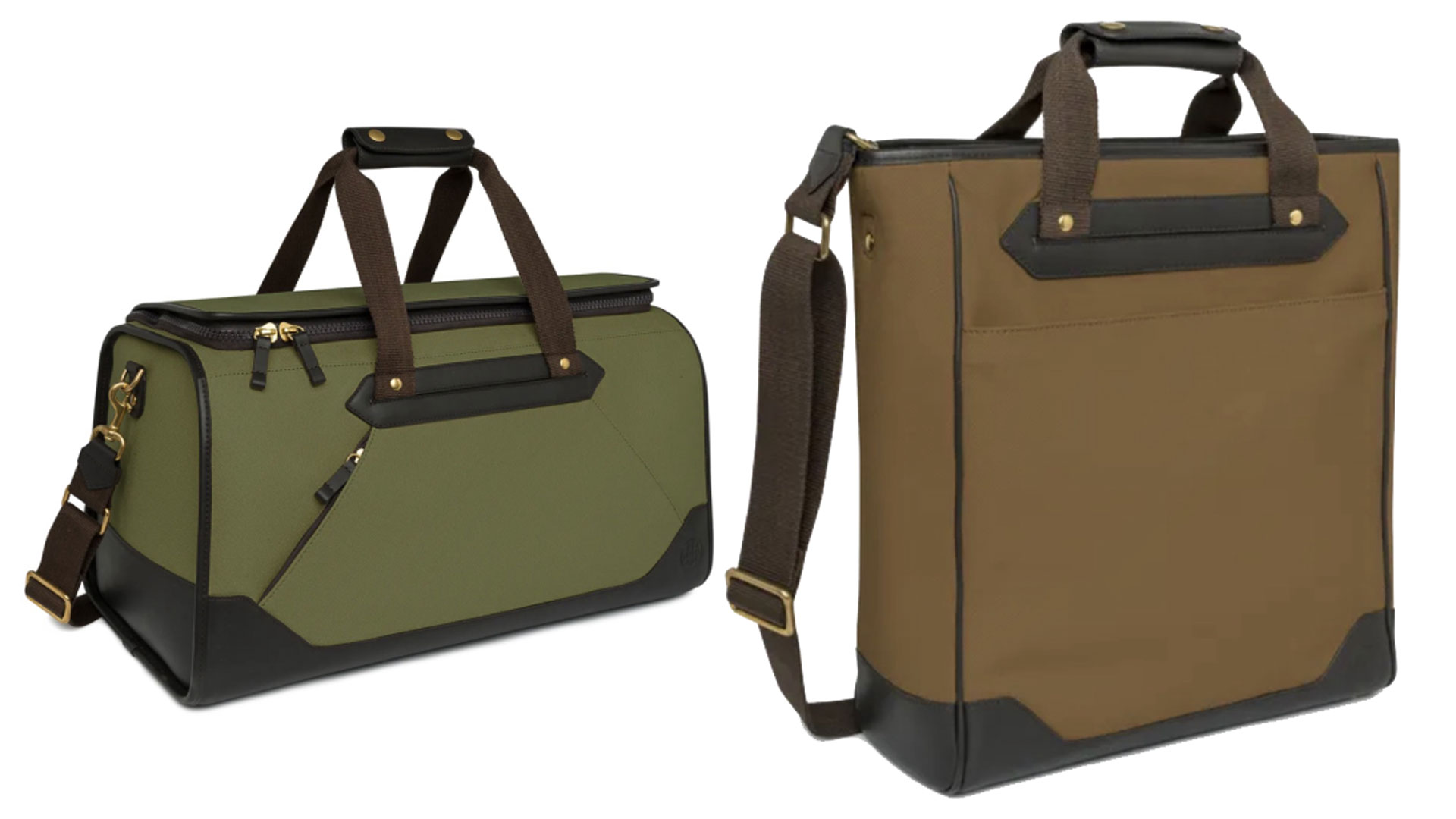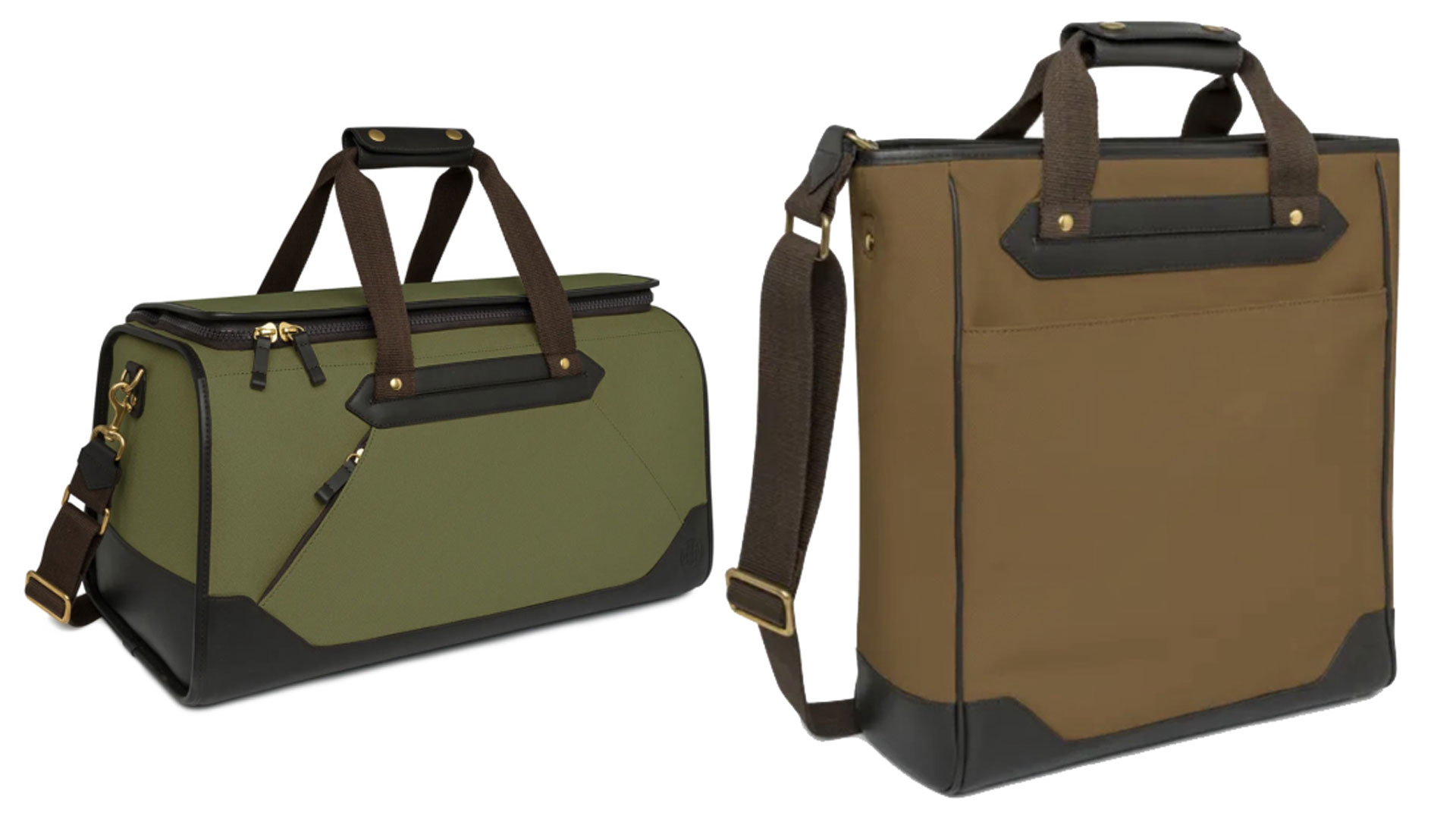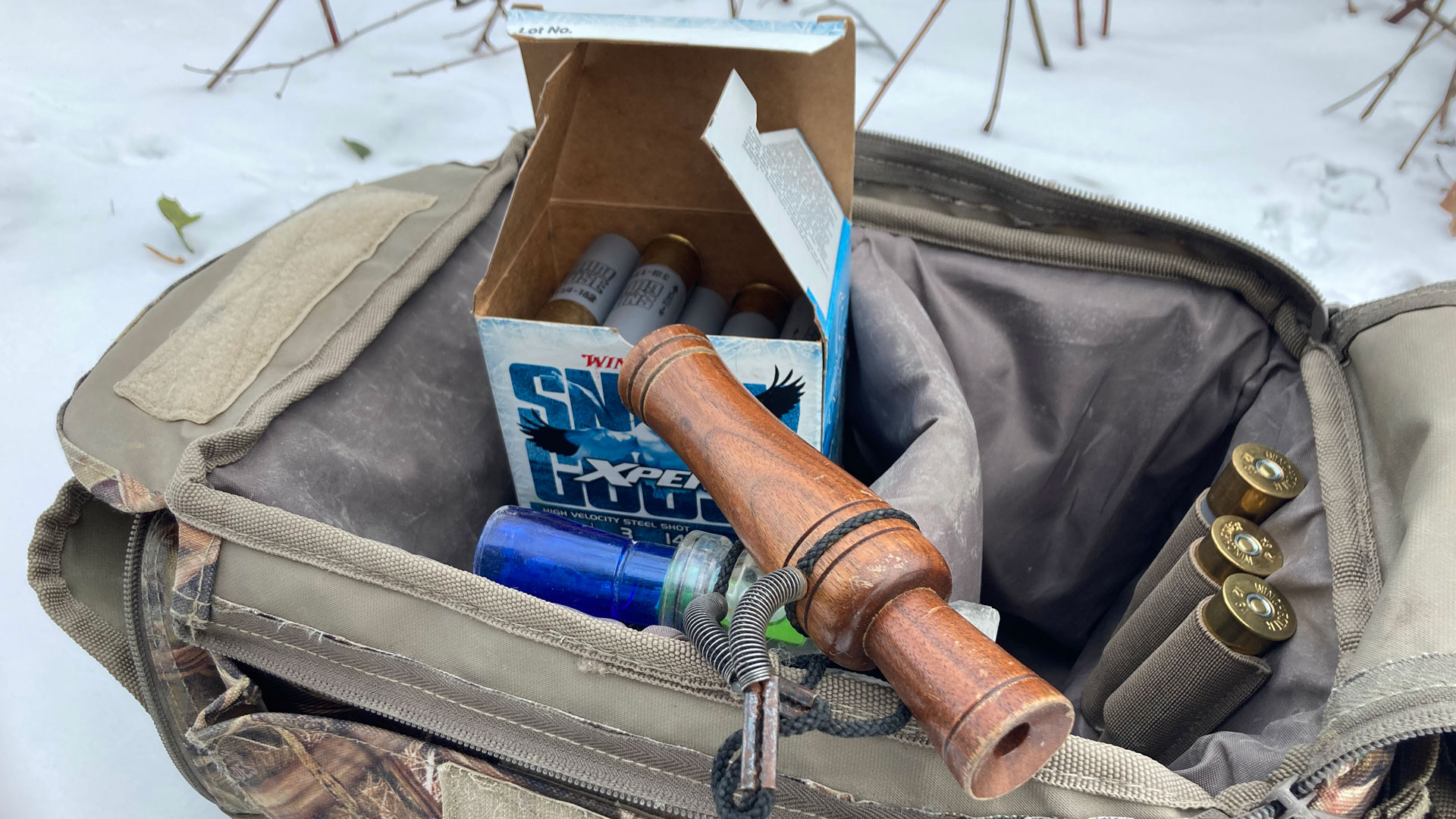
Using a scale of 1-10, with the latter representing “highly anticipated” and one being the contrary, the eagerness we experience with the approach of waterfowl season would unequivocally be a “10.” Why? Expectations of the future and positive recollections from yesteryear. It’s also these thoughts that enable us to complete the myriad (and often menial) tasks that’ll help keep us safe and improve success when afield.
Conversely, when the truck tailgate closes or the outboard motor winds down on that final hunt of the season, there’s considerably less enthusiasm to complete the chores necessary to preserve or reinvigorate our essential gear for the next season. Using that same scale, it’d probably rate it as a one—maybe a two. This is understandable.
Work is always viewed more favorably when there’s something positive to be gained—especially in the near term. In the case of waterfowl hunting, it’s the pursuit of our favorite feathered quarry. But, once the season ends and the temperature in most locales is bone-chilling—as this is written, the actual temperature here is 19-degrees Fahrenheit but feels like six—there’s nothing to look forward to in the short term. It feels like work and nothing more. Nonetheless, after-season cleanup of your waterfowl gear should be more than parking the boat and tossing the dekes in the corner of the garage. Below are suggestions about how to smartly conclude this season to protect your investments and be prepared for the next.

Boat
If you’re a boatowner, you probably realize that maintenance is essential; forego it and you could pay dearly. Once waterfowl season ends, pull the boat (if it’s kept in the water) for dry storage, which is preferable. It’s a perfect time of year for upkeep services, too, as few fisherman and recreational boaters are requesting them during winter.

If your motor has been used in brackish or salt water, ensure that you’ve purged it with clean water. This should be done as soon as possible after each encounter with water featuring dissolved salts—regardless of salinity—and certainly before storing it. Some boaters use Salt-Away, which removes salts and debris while adding a protectant. I flush my Yamaha using freshwater only. To each their own.
Should the motor need to be replaced, now’s the time to shop. Dealers sell fewer units during winter and at the outset of spring, so you can sometimes get a deal on the previous year’s model. Similarly, if you’re on the lookout for a new-to-you-but-used “duck boat,” many hunters split ways with them shortly after season ends.

Beyond maintenance, take stock of the items that need to be replaced or upgraded such as seat(s), blind(s), rope(s), anchor(s), etc. After-season clearances can be the most economical way to purchase these articles. If you haven’t been doing so, be sure to check the expiration dates of your safety equipment; you might find that some are past-prime and at risk to fail when needed most. Replace them. You should also inspect the condition of your trailer’s lights/signals, axle(s), tires and hitches. Fix or swap as needed.

Unless it pulls double-duty for fishing, once the abovementioned procedures have been completed it’s time to store your boat and outboard motor. If you don’t have a suitable place indoors, use a quality boat cover or tarp to prevent damage to the boat from the elements and the sun. It’ll help prevent your trailer tires from dry rotting as well. During this time, I remove my outboard and store it on a stand indoors.

Blind
Leaving a movable, pop-up-style blind afield after the season ends will result in nothing good. The materials that they are made from aren’t designed for all-year exposure to the elements, and thus damage and fading can be expected.
Want to get several seasons’ use from them? Store them indoors when not in use. It’ll also prevent them from being stolen, tumbling across the field or marsh like a tumble weed, or animals and insects taking up residence there. Before packing it away, ensure that all surfaces are dry; otherwise, you’ll have to contend with mold. I prefer to remove all native grasses used for “blending in” and start fresh each fall.

Decoys
Unless you’re a pass-shooter, decoys are critical to your success as a waterfowler. Once season ends, it’s easy enough to haphazardly toss them in a decoy bag destined for the corner of garage or leave them heaped in the boat. Doing so will certainly affect their appearance and thus fowl-drawing ability.

Yes, it’s cold and you don’t want to deal with dekes currently, but now’s the time to gather, inspect and separate them into groups. Decoys that are in top-tier condition are placed together, while those that need a smidge of touch-up paint (certain species) go to another. Ones that have lost their appeal or are extensively damaged (from shot or otherwise) go into the last pile. Depending on the species, I’m willing to enhance the factory paint of decoys—especially divers and sea ducks with a lot of black or white, or costlier models. For puddle ducks that have “lost their luster,” as well as flocked versions that are going bald, they are sold. I either list them online in free classifieds or take them to the local flea market. You’d be surprised how much money non-hunters will pay for them simply for décor. Use that money to get new dekes, which are usually on sale at the end of season.

During this time, I also inspect the lines and weights. Given the price of lead weights, it’s imperative that none are lost to ratty lines. Unless the lines look pristine and are sufficiently sturdy, they get replaced—insurance against breakage. I also reflect on the weights I used. Were they heavy enough for where I was hunting (i.e. current, etc.)? If the answer is “no,” I swap them. Watch for cheap weights during the yard sale and flea market season.
The decoys are then stored inside out of the elements, in a manner so that they’re not losing paint. That way, come fall, they’re ready to hit the water—nothing further need be done.
Waders
Unless you’re exclusively a field hunter, your waders are indispensable equipment. And, given their priciness—especially for breathable variants—it only makes sense that you take care of them during the season and after. Don’t just toss them in the corner until September rolls around, otherwise, you might find that rodents have reared their young in them. Instead, ensure that they’re clean externally and completely dry both inside and out. Also, thoroughly inspect the waders for tears or cuts and repair as necessary. For neoprene waders, Shoe Goo shoe glue works well. If the damage is too extensive, replace them with ones available in an after-season clearance sale.
As for storage, I prefer to store mine upside down on a wader hanger. The reason? Hanging waders by the straps (suspenders) puts unnecessary stress on the stitching and can stretch the material.

Shotgun
Given that most waterfowl shotguns are frequently subjected to water (including saltwater), mud and debris, performing routine maintenance after each hunt is non-negotiable; omit this step and, in time, it’ll ruin a hunt. Trust me. Rather than chance fate, once you return from the field—and as soon as possible—disassemble your gun according to the manufacturer’s instructions, and clean and lubricate it accordingly. Once season ends, it’s time to take maintenance to the next level. Besides a thorough cleaning, you’re looking for possible sources of future issues—especially if you’ve encountered reliability issues while hunting.

Concerning autoloaders, the cause(s) of irregular cycling can usually be traced to the bolt assembly (and associated parts), piston, carrier or recoil spring. Often, rusted, worn or broken springs; an overly dirty piston (or gas system in general); or a broken O-ring is to blame. For gas-operated guns that use an O-ring, such as the Remington Model 1100 and Model 11-87\, do yourself a favor and replace it yearly. It’s cheap to do so and avoids functioning issues later. Also check the ejector, magazine tube and spring, and trigger assembly.

Even in the best models, parts will weaken and break—especially if routinely subjected to the elements. The same applies to pump-actions and over-under/side-by-side shotguns. For the latter types, removing the buttstock will be necessary to check and lubricate springs, etc. If you’re uncomfortable doing so, have a trusted gunsmith do it.

Besides the guns itself, inspect the choke tubes for wear and gouges (if TSS and other tungsten-based pellets are used). Also, remove the buildup of plastic wad material. Wire brushes and a quality solvent simplify and ease the process. Replace the choke tube(s) as needed. Be sure to adequately lubricate the tube(s) before reinsertion. Now is also a good time to test various choke/ammo combinations to see which offers the performance you desire.

Ammunition
Needlessly leaving shotshells in a blind bag, bandolier or other open-air carrier after season ends can result in ruined ammunition. Given the difficulty of attaining it and the ever-increasing prices, that’s a huge mistake. It’s also wasteful. The abovementioned storage methods can cause the plated, steel heads of shotshells to rust quickly—especially if there’s remnant moisture. If you’re a salt or brackish water hunter, you know this all too well, as a single droplet can wreck a shell in short order. Once you’re done hunting each day, and certainly at the end of season, inspect each shell for corrosion, which can lead to problems if they’re fired. Cull these shells.

What can you do with the imperfect shells? You can use them anytime, anywhere there’s not high-stakes shooting: hunting squirrels that hide at the tops of hardwoods; hunting crows; patterning your shotgun using different chokes; busting hand-thrown clay targets (on a home course with ample space, of course); or, if you’re a reloader, disassemble them using a Ballistic Products, Inc. Unload-It Shotshell Dismantling Tool to reclaim the shot. But don’t keep them for another season or an extended period. Corrosion doesn’t stop, it accelerates.

While you’re inspecting the shotshells, note what you used this season so it can be replenished. Begin shopping early, when a good selection is available.
Calls
While dumping out your blind bag, take a moment to inspect and properly store your calls. Don’t’ fully disassemble them, but rather remove the barrel so that reed(s), cork/plastic/wood, and O-ring can be inspected for wear and damage. Replacements can be purchased, should anything need to be restored. Unless you’re especially hard on a call, one should last you a long time. Store them in a dry, temperature-stable place where they won’t be lost.

After-season cleanup of your waterfowl gear is vital, but it doesn’t have to be a drag. Consider it the first step to preparing for the upcoming season. Do it right and you’re on your way to a successful upcoming season.


